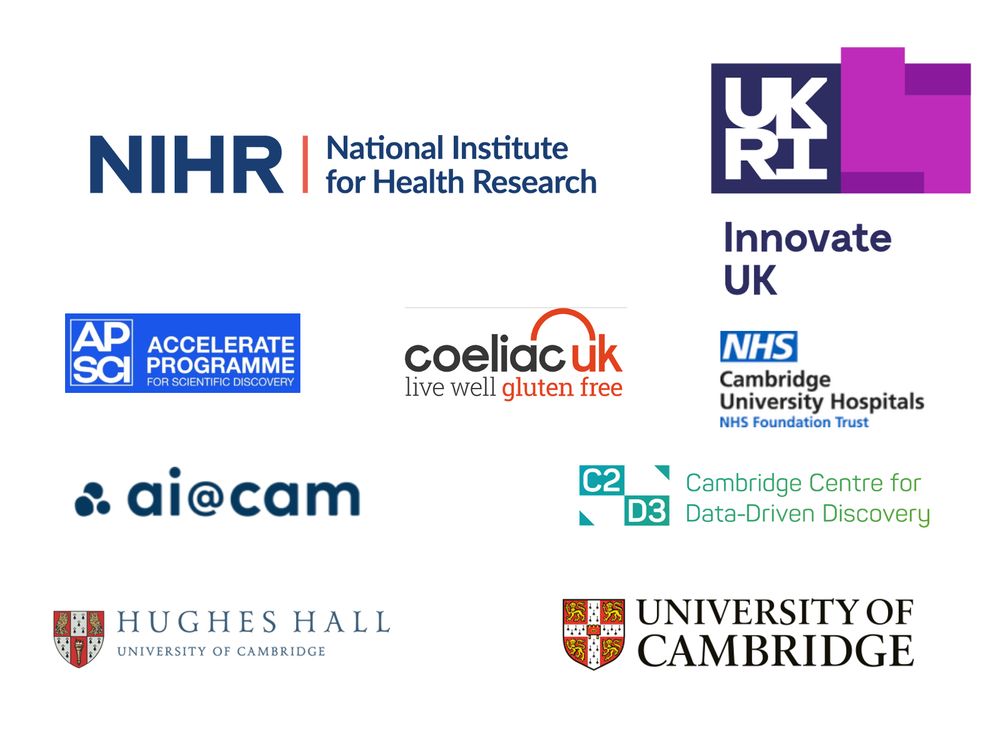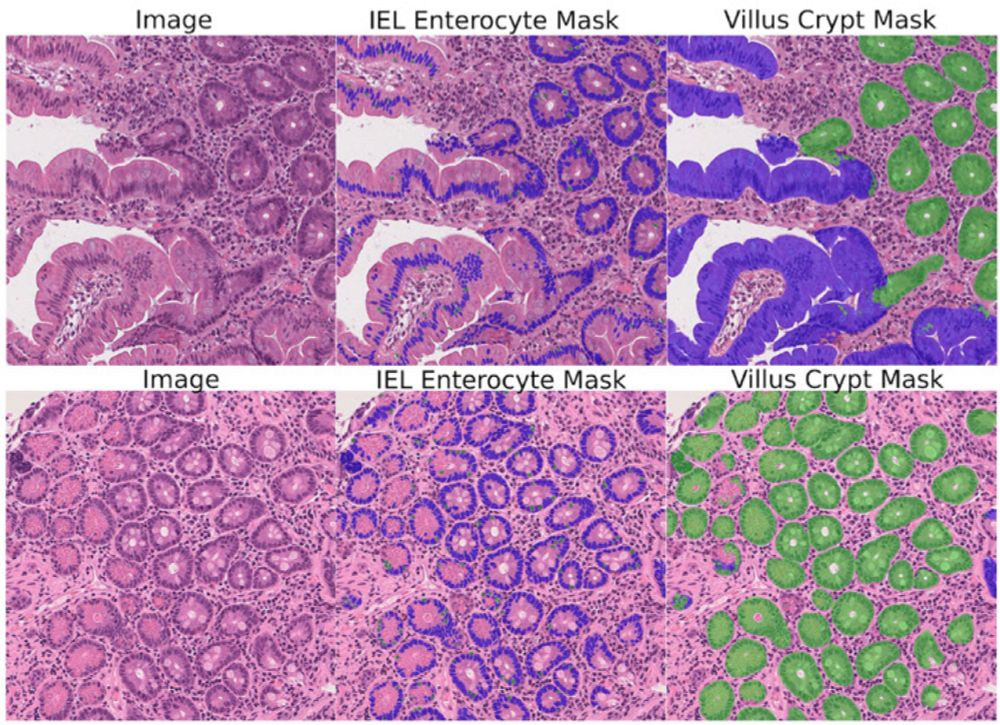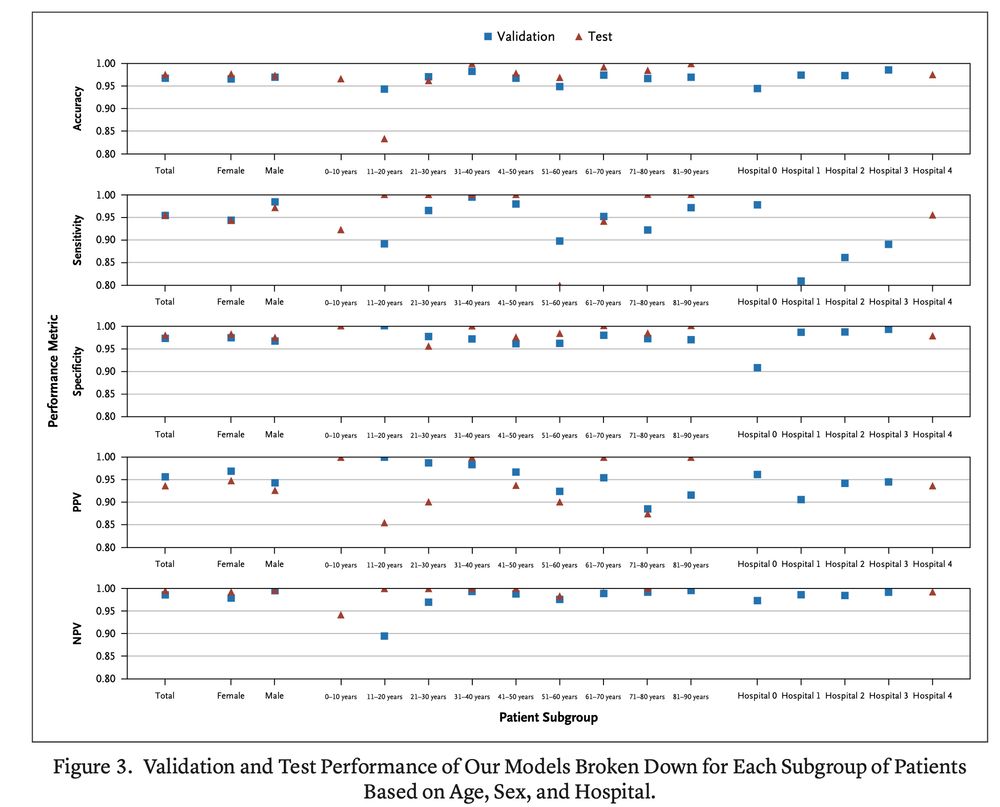@coeliacuk.bsky.social
@innovateuk.bsky.social
@acceleratescience.bsky.social
@cambridgec2d3.bsky.social
@cambridgebrc.bsky.social
@nihr.bsky.social

@coeliacuk.bsky.social
@innovateuk.bsky.social
@acceleratescience.bsky.social
@cambridgec2d3.bsky.social
@cambridgebrc.bsky.social
@nihr.bsky.social



@coeliacuk.bsky.social,
@innovateuk.bsky.social,
@acceleratescience.bsky.social,
@cambridgec2d3.bsky.social,
@cambridgebrc.bsky.social
@coeliacuk.bsky.social,
@innovateuk.bsky.social,
@acceleratescience.bsky.social,
@cambridgec2d3.bsky.social,
@cambridgebrc.bsky.social
The takeaway: the AI matches expert-level accuracy.
The takeaway: the AI matches expert-level accuracy.
When tested on 600+ cases from a completely unseen hospital, it maintained high accuracy across all adult patient subgroups, demonstrating strong generalisability in real-world settings.

When tested on 600+ cases from a completely unseen hospital, it maintained high accuracy across all adult patient subgroups, demonstrating strong generalisability in real-world settings.
i) remove artefacts + separate tissue from background
ii) break down biopsy image into 256x256 pixel sub-patches
iii) apply stain normalisation
iv) train a ResNet model with multiple-instance learning
v) run inference + generate heatmaps to visualise prediction

i) remove artefacts + separate tissue from background
ii) break down biopsy image into 256x256 pixel sub-patches
iii) apply stain normalisation
iv) train a ResNet model with multiple-instance learning
v) run inference + generate heatmaps to visualise prediction

The takeaway: the AI matches expert-level accuracy.
The takeaway: the AI matches expert-level accuracy.
When tested on 600+ cases from a completely unseen hospital, it maintained high accuracy across all adult patient subgroups, demonstrating strong generalisability in real-world settings.

When tested on 600+ cases from a completely unseen hospital, it maintained high accuracy across all adult patient subgroups, demonstrating strong generalisability in real-world settings.
i) remove artefacts + separate tissue from background
ii) break down biopsy image into 256x256 pixel sub-patches
iii) apply stain normalisation
iv) train a ResNet model with multiple-instance learning
v) run inference + generate heatmaps to visualise prediction

i) remove artefacts + separate tissue from background
ii) break down biopsy image into 256x256 pixel sub-patches
iii) apply stain normalisation
iv) train a ResNet model with multiple-instance learning
v) run inference + generate heatmaps to visualise prediction

